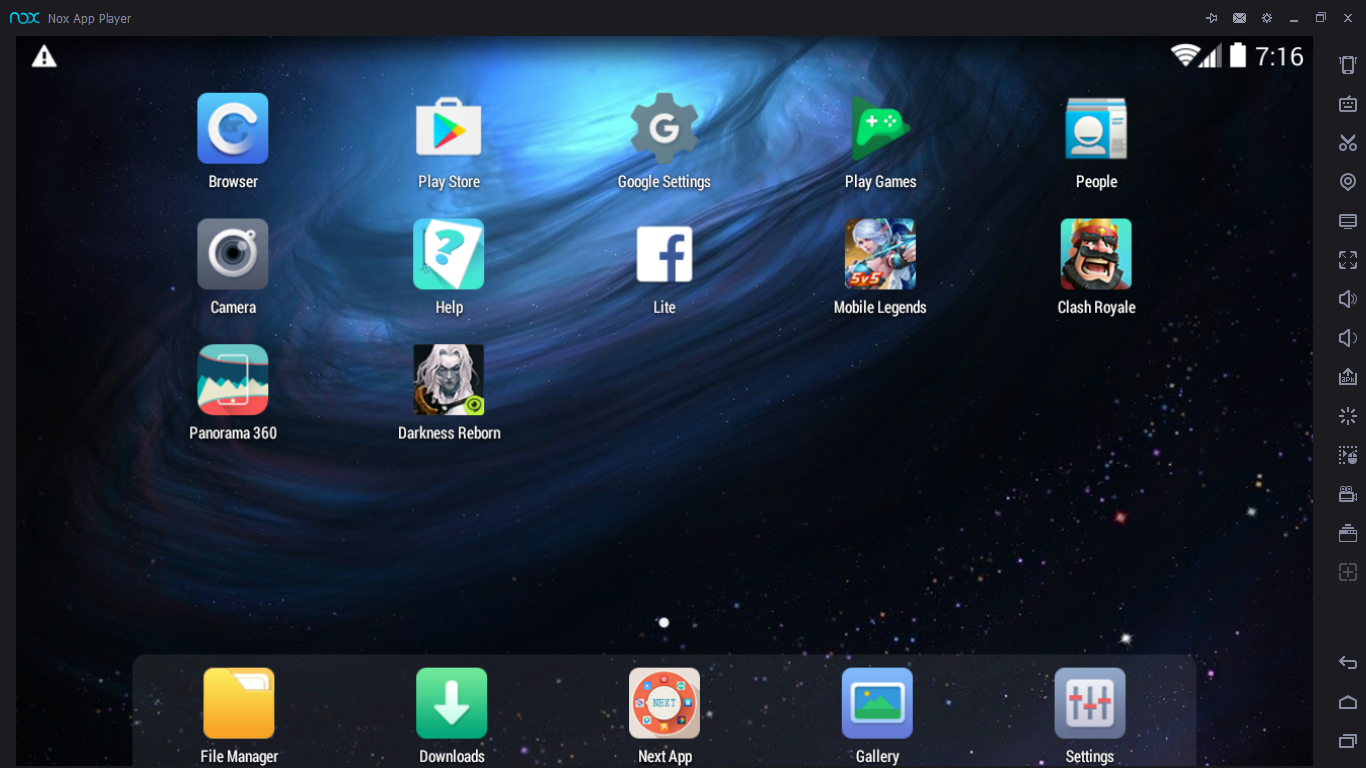
Once Fiddler is listening, we should use it as a proxy in Android. Restart Fiddler in order the changes to take effectįiddler is now listening on port 8888 (this is the default port, you can change it from the setting above).Select the Allow remote computers to connect checkbox to enable the setting.Open Fiddler and select Tools -> Options.Setting up Fiddlerįirst, you should enable the Allow remote computers to connect setting in Fiddler Just ping the device IP from your machine to be sure they can communicate. I had to use the mobile hotspot on my machine to make them discoverable. This was the tricky part for me, as even when I have them on the same network, they couldn’t communicate with each other. The PC and the Android device should be discoverable on the same network.

Want to learn more about using Fiddler to debug Android apps? Check out our webinar on mobile app debugging with Fiddler! Prerequisitesįirst you have to have Fiddler installed on your desktop machine. Luckily, you can still use Fiddler to do it. However, this is not the case if you’re mobile developer that want to debug an application or website from Android device. Every browser has its own developer tools, and most importantly you can use Fiddler. A BigNox spokesperson has told ZDNet that the company is working with ESET to investigate the breach further.In this step by step tutorial, learn how to setup your Аndroid device to use Fiddler as a proxy and capture web traffic from your phone.ĭebugging web applications on Windows is fairly easy. Non-compromised users are advised not to download any updates until BigNox notifies that it has mitigated the threat. In case users find an intrusion, they should reinstall NoxPlayer from clean media.

The security firm has laid out some instructions to help users figure out if their system has been compromised in its report. However, ESET recommends all NoxPlayer users stay cautious. As of now, the malware-laden NoxPlayer updates have only been delivered to five victims located in Taiwan, Hong Kong, and Sri Lanka. Instead, the attackers focused on specific machines, suggesting that this was a highly-targeted attack looking to infect only a certain class of users.

In a report regarding the attack, ESET reveals that it has identified three different malware families that are being "distributed from tailored malicious updates to select victims, with no sign of leveraging any financial gain, but rather surveillance-related capabilities."ĮSET further reveals that even though the attackers had access to BigNox servers since at least September 2020, they didn't target all of the company's users.


 0 kommentar(er)
0 kommentar(er)
